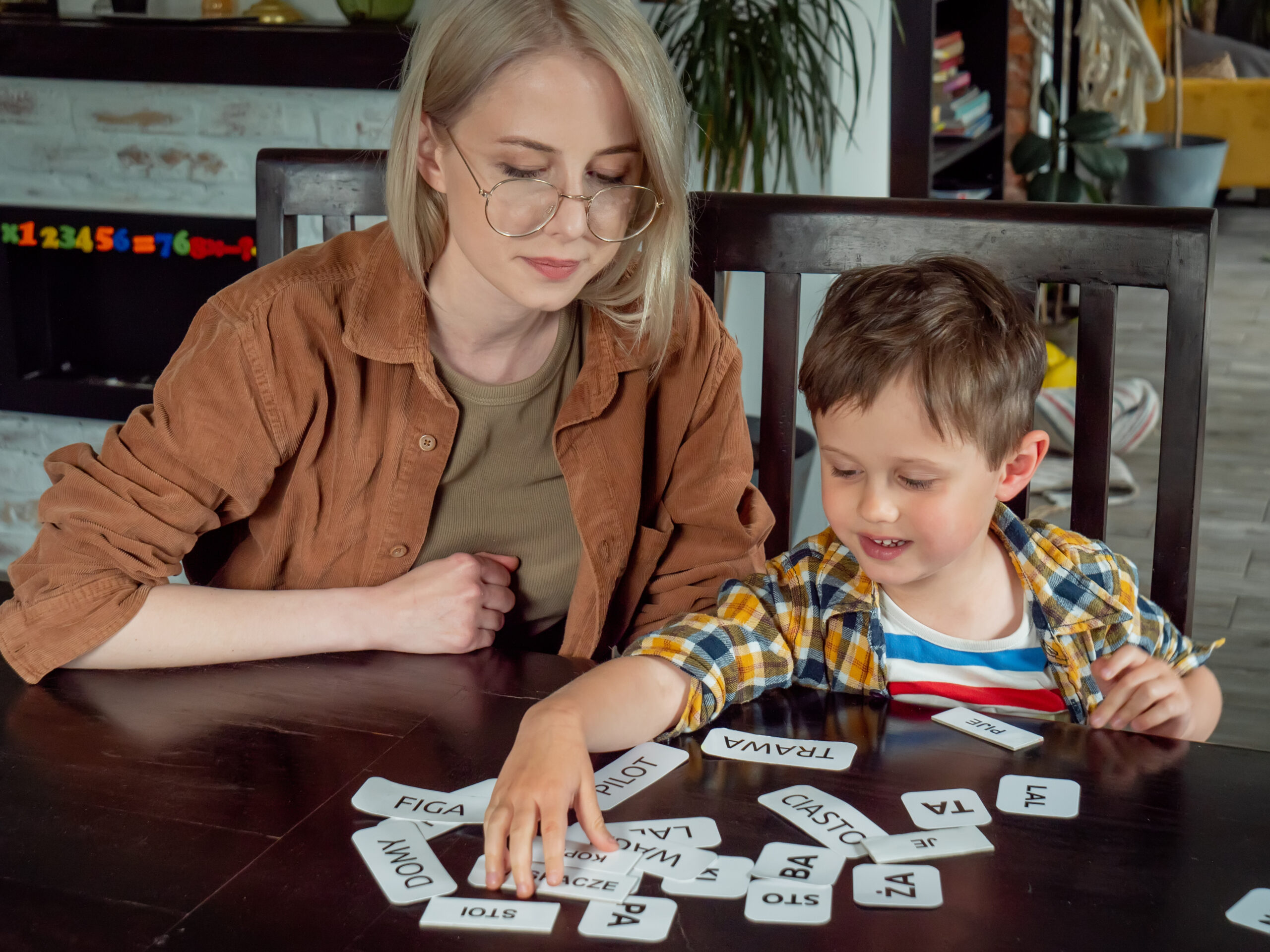How to Teach Communication Skills to a Child With Autism
Communication is a fundamental skill that plays a crucial role in our interactions with others. For children with autism, developing effective communication skills can be a challenge due to differences in verbal and non-verbal processing. However, with the right strategies and support, these skills can be nurtured and enhanced. In this article, we will explore three strategies that parents and caregivers can use at home to teach communication skills to a child with autism.
Using Preferred Activities and Toys
Creating the Right Environment: Start by selecting a quiet and comfortable environment with minimal distractions. Whether sitting on the floor or at a table, ensure that you are at the child’s level to establish a connection.
Incorporating Preferred Items: Identify the child’s preferred toys or activities. For instance, if the child loves playing with a ball, make sure it’s within reach. You can also use a communication board with a picture or the word of the preferred item.
Engaging with Joy: Initiate interaction by gently rolling the ball back and forth. As you do so, express excitement and attention. Comment on the ball using clear and expressive speech, such as saying, “Look at the blue ball.”
Modeling Language: Connect words with objects by modeling the desired language. For example, say, “Paul, it’s a ball.” This bridges the gap between the word and the object. Allow time for the child to process the information and initiate a response.
Encouraging Response: Maintain an encouraging facial expression and wait for the child’s response. If the child makes any vocalization, gesture, or points to the ball, respond with enthusiasm. Acknowledge their attempts and reinforce the connection between their actions and words.
Using Prompts: If the child does not initiate, use prompts to encourage them. Hold up the communication board with the picture or word of the ball and ask, “Tell me, what do you want?” Prompting helps guide them toward communication.
Expanding Vocabulary: During play, continue using the word “ball” in various ways. Say things like, “Roll the ball to me” or “Throw the ball.” This expands their vocabulary and demonstrates word usage in different contexts.
Encouraging Turn-Taking: After the child rolls the ball to you, model phrases like “Thank you for the ball.” This promotes turn-taking and conversational skills.
Functional Communication Training
Assessing Communication Abilities: Begin by understanding the child’s current communication abilities and preferences. Observe situations where the child engages in challenging behavior to access desired items, such as when they want a snack.
Replacement Communication: Identify a communication response that can replace the challenging behavior. For example, if the child tantrums for pizza, teach them to request it using language.
Modeling and Reinforcement: During a mealtime, present the desired item while modeling the desired communication response. If the child imitates or attempts to communicate, provide positive reinforcement. Gradually reduce prompts and allow them to communicate more independently.
Rewarding Communication: Ensure that when the child communicates successfully, they immediately gain access to the desired item. This reinforces the concept that communication leads to positive outcomes.
Using Joint Attention
Selecting Shared Interests: Identify activities or toys that the child is interested in, such as cars. These shared interests can serve as a bridge for communication.
Establishing Connection: Sit in a comfortable environment with the child and have the toy within reach but hidden. Gain the child’s attention before revealing the toy.
Modeling Engagement: Introduce the toy with excitement and label its features. Point to different aspects of the toy and label them to demonstrate how to engage with it.
Encouraging Response: Pause and wait for the child’s response. If the child interacts, responds, or shows interest, respond with enthusiasm. Reinforce their engagement and encourage their thoughts.
Gradual Interaction: Shift the focus between the toy and yourself to encourage shared attention. Initiate turn-taking by rolling the toy to the child and then taking your turn.
Expanding Communication: Build on the child’s communication attempts. If they say a word related to the toy, expand on it and encourage them to comment on changes or actions.
Positive Reinforcement: Reward each attempt the child makes to engage with the toy and share attention. Be patient and flexible, adapting strategies based on the child’s responses.
In conclusion, teaching communication skills to a child with autism requires patience, creativity, and a tailored approach. By using preferred activities, functional communication training, and joint attention techniques, parents and caregivers can empower these children to express themselves, interact with others, and build meaningful connections. Collaborating with speech and language professionals can provide additional guidance and support on this journey of communication development. Celebrate each small achievement, and remember that every step forward is a significant accomplishment.
Also read: Autism vs Speech Delay : What is The Difference?
About Olga Sirbu
My name is Olga Sirbu, I am a Board Certified Behavior Analyst (BCBA) and Licensed Applied Behavioral Analyst. My goal is to support and empower families and individuals on the autism spectrum.
Autism Advance is dedicated to training parents and caregivers, providing practical tips, and teaching individuals how to educate kids with autism.
I share evidence-based practices to help you better understand and support individuals with autism. Learn practical strategies to help individuals with autism reach their full potential, as well as gain a deeper understanding and acceptance of autism.
Thank you for considering Autism Advance as a resource for your autism journey.








